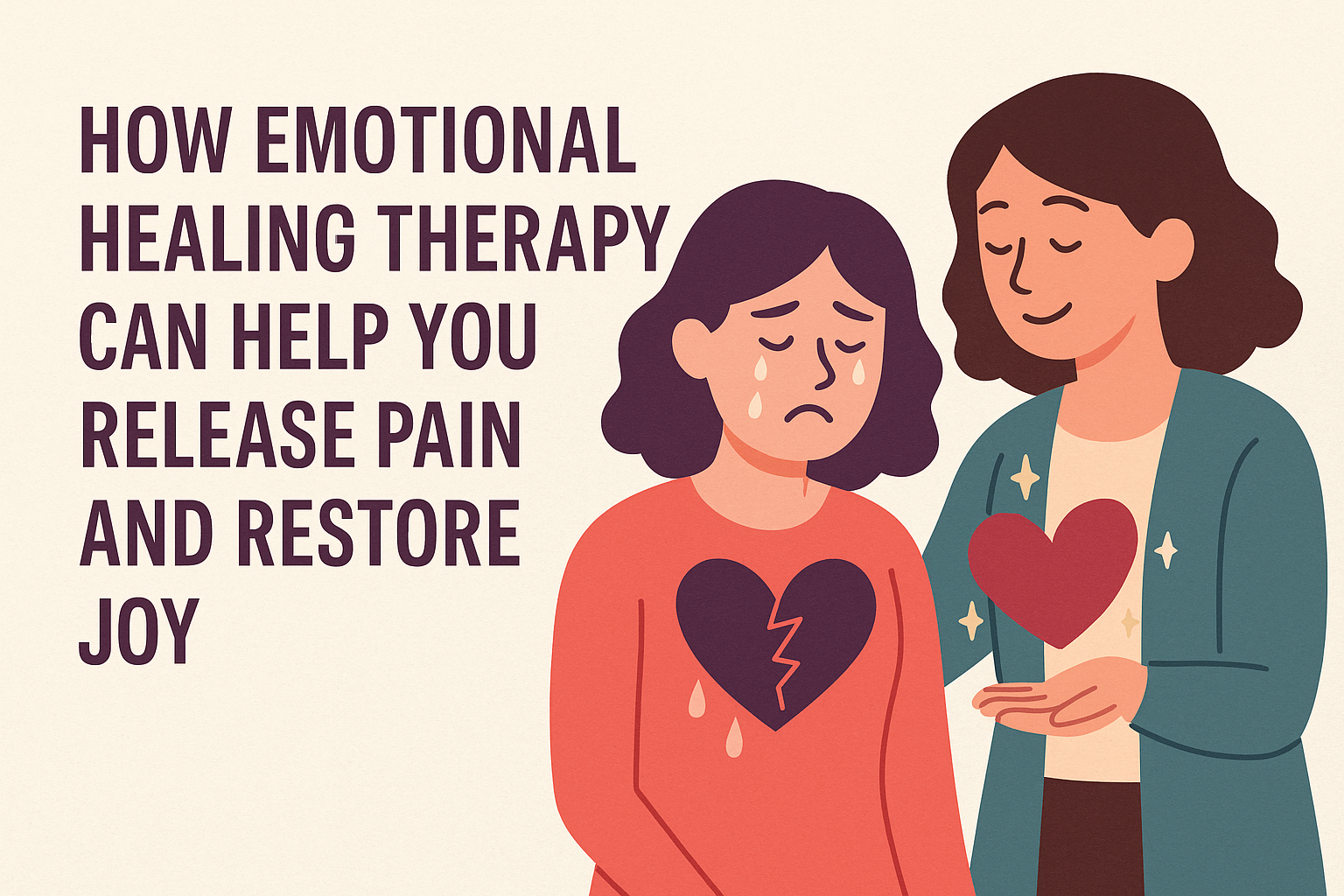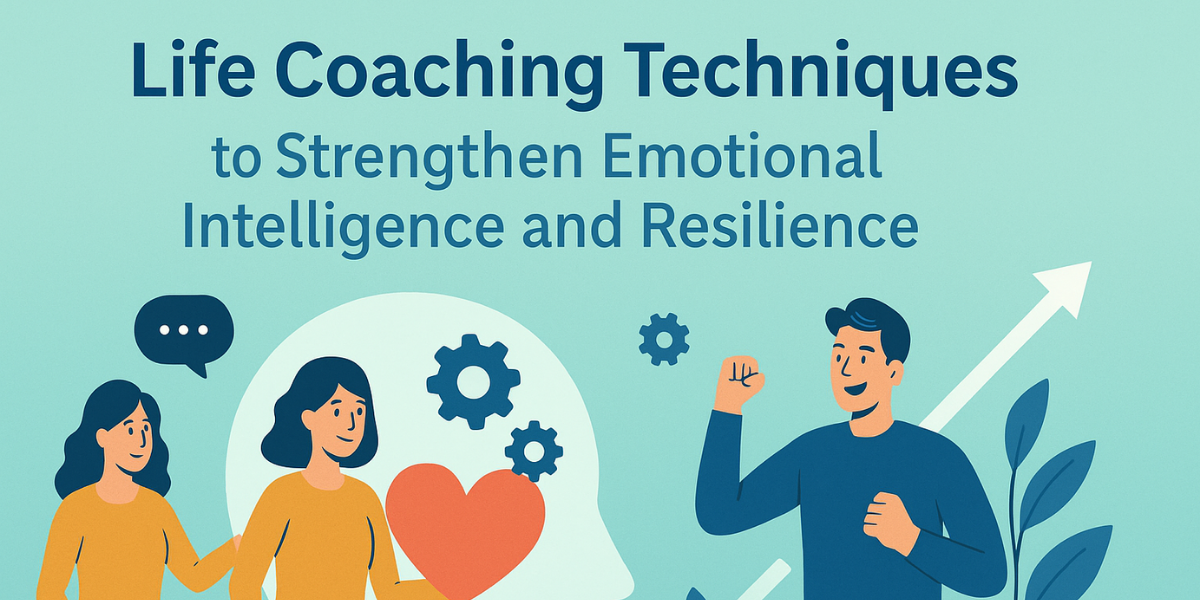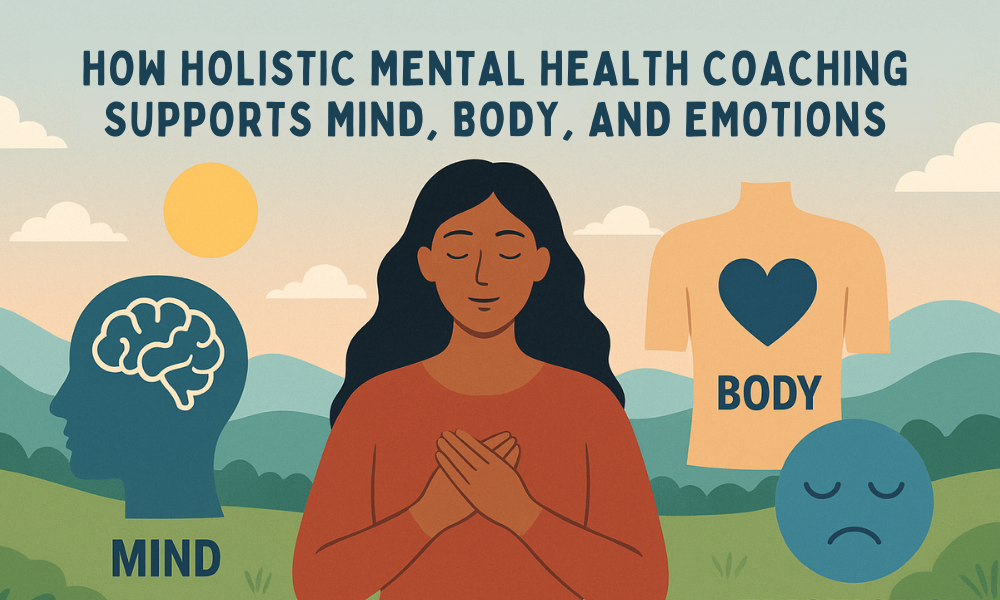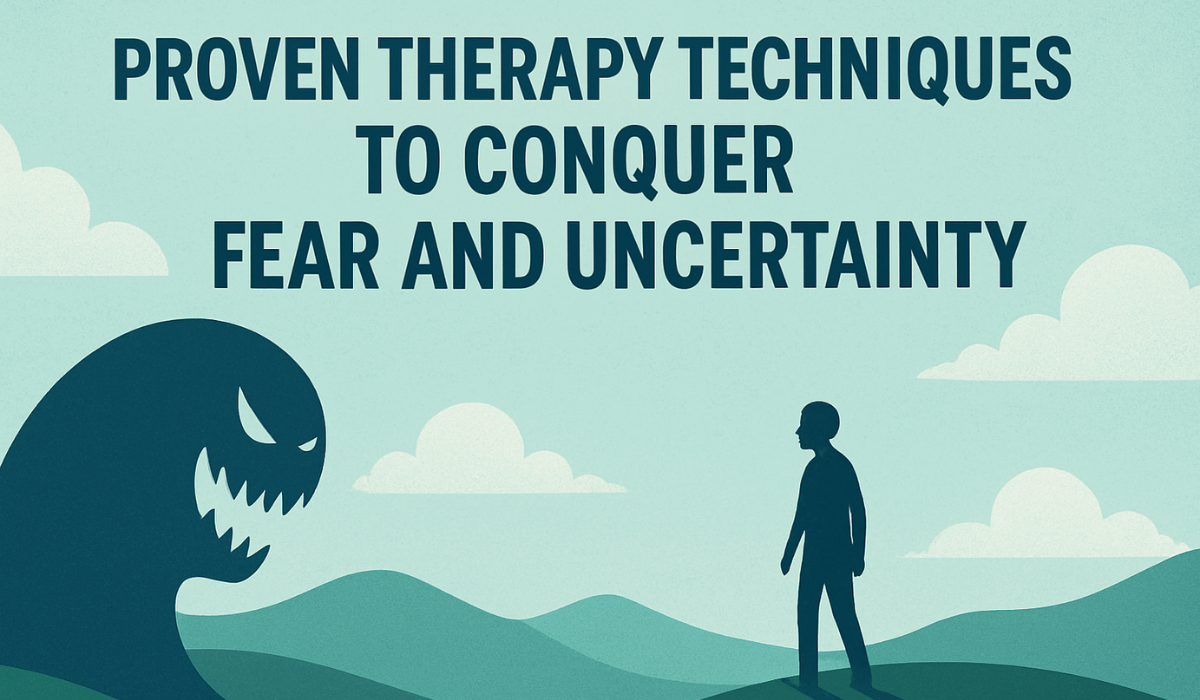“Sometimes the most profound healing comes not from fixing what is broken, but from understanding it.”
Life isn’t always smooth. We face setbacks, heartbreaks, losses, and disappointments.
And while we try to move on, many of us carry emotional baggage that quietly affects our daily lives.
This is where emotional healing therapy comes in—a gentle, supportive path to release pain and rediscover joy.
Emotional healing isn’t about ignoring your feelings.
It’s about understanding them. It’s about giving yourself permission to feel, reflect, and let go.
In the words of Carl Jung, “I am not what happened to me, I am what I choose to become.” Therapy can guide you to make that choice consciously.
Understanding Emotional Healing Therapy
So, what is emotional healing therapy exactly?
In simple terms, it’s a therapeutic approach focused on helping individuals process emotional pain, release unresolved feelings, and cultivate inner peace.
Unlike conventional therapy, which might focus solely on behaviors or cognitive patterns, emotional healing therapy prioritizes the heart.
It works by helping you explore past traumas, emotional wounds, and current stressors in a safe, supportive environment.
You learn to recognize patterns that might be holding you back—patterns that can interfere with happiness, relationships, or even physical health.
Many people describe emotional healing as a transformative experience.
One client shared, “I didn’t realize how much grief I was carrying.
Through therapy, I finally felt I could breathe freely again.” That’s the power of nurturing emotional growth.
The Benefits of Emotional Healing Therapy
Emotional healing therapy offers a variety of benefits, both subtle and profound.
Here are some of the ways it can transform your life:
1. Release Emotional Pain
Pain isn’t just physical—it lingers in the mind and heart. Therapy provides a safe space to acknowledge and release it.
By confronting feelings of anger, sadness, or fear, you prevent them from quietly dictating your reactions or choices.
“Healing doesn’t mean the damage never existed. It means the damage no longer controls our lives.”
2. Restore Joy and Happiness
Often, unresolved emotions act like a weight on our spirit. Emotional healing therapy helps lift that weight.
You begin to notice small joys again—laughing with friends, feeling gratitude, or simply savoring a quiet moment. Over time, happiness stops feeling like a distant memory.
3. Strengthen Self-Understanding
Therapy encourages self-reflection. You start recognizing patterns in relationships, triggers, and reactions.
This awareness is the first step toward creating a life aligned with your values and desires.
4. Improve Relationships
Emotional healing isn’t just about personal growth.
It can positively affect relationships.
When you understand your emotions better, you communicate more effectively and empathetically.
Conflicts become easier to navigate, and connections deepen.
5. Foster Growth and Resilience
Life will always have challenges.
Emotional healing therapy equips you with tools to respond, rather than react, to difficult situations.
You become more resilient, adaptable, and confident in your ability to handle what comes your way.
Techniques Used in Emotional Healing Therapy
Therapists may use various techniques tailored to individual needs. Here are some common approaches:
Mindfulness and Meditation: Learning to stay present helps you recognize and process emotions without judgment. Mindfulness practices can calm racing thoughts and bring clarity to complex feelings.
Guided Emotional Release: Through conversations, exercises, or even art therapy, you can access buried emotions and safely release them. Sometimes simply naming a feeling out loud is the first step to letting it go.
Cognitive Reframing: This technique helps shift unhelpful thought patterns. For example, transforming “I am broken because of what happened” into “I am learning and growing from my experiences.”
Somatic Work: The body stores emotions, often without us realizing it. Somatic practices help release tension, grief, or trauma stored physically. This might involve gentle movement, breathing exercises, or even touch therapy.
Journaling and Reflection: Writing down thoughts and feelings helps externalize emotions and gain perspective. Journaling allows for a deeper understanding of personal experiences and emotional patterns.
When to Consider Emotional Healing Therapy
Many people assume therapy is only for severe issues.
In reality, emotional healing can benefit anyone who feels stuck, overwhelmed, or disconnected from joy.
Consider therapy if you notice:
- Recurrent sadness, anger, or anxiety that doesn’t subside
- Difficulty trusting yourself or others
- Emotional reactions that feel out of proportion
- Struggles with self-esteem or self-worth
- Feeling “numb” or disconnected from life
Even if you simply want to grow, enhance emotional resilience, or learn to live more fully, therapy can provide the guidance and support you need.
Creating a Safe Space for Emotional Growth
One of the most valuable aspects of emotional healing therapy is the safe, non-judgmental environment it offers.
It’s a space where you can:
- Speak freely without fear of criticism
- Explore painful memories with guidance
- Receive validation and understanding
- Learn practical tools to manage emotions
A therapist acts not just as a guide, but as a compassionate witness to your journey.
This supportive presence often accelerates the healing process, allowing you to release what no longer serves you.
Tips to Maximize Your Healing Journey
While therapy is powerful, you can also enhance your progress with intentional practices:
1. Be Patient with Yourself: Healing takes time. Celebrate small victories and avoid rushing the process. Emotional growth is gradual, and every step counts.
2. Practice Self-Compassion: Treat yourself with the kindness you would offer a friend. Acknowledge your feelings without judgment, and allow space for mistakes and learning.
3. Engage in Supportive Practices: Complement therapy with meditation, journaling, physical activity, or creative expression. These activities reinforce emotional processing and self-awareness.
4. Set Healthy Boundaries: Healing involves understanding your limits and protecting your well-being. Boundaries create safety, which is essential for emotional growth.
5. Trust the Process: Sometimes, therapy uncovers unexpected emotions or memories. Trust that each session, each exercise, and each reflection brings you closer to release and restoration.
Quotes to Inspire Your Healing
- “The soul always knows what to do to heal itself. The challenge is to silence the mind.” — Caroline Myss
- “Healing is not an overnight process. It is a daily practice of self-love, patience, and courage.”
- “Emotional wounds are not meant to stay. They are meant to teach, transform, and eventually release.”
These words remind us that healing is not linear, but every effort counts.
Therapy That Nurtures Emotional Healing and Growth
When searching for support, look for a professional who offers therapy that nurtures emotional healing and growth.
This type of therapy doesn’t just focus on problems; it focuses on potential.
It guides you toward understanding your emotions, identifying patterns, and fostering resilience.
A nurturing therapist provides tools to not only cope with pain but also to cultivate joy.
The emphasis is on creating a life where you feel balanced, connected, and empowered. It’s about turning emotional struggle into opportunity for growth.
Real-Life Impact of Emotional Healing Therapy
Consider the story of Mira, a woman who struggled with long-standing grief after losing a loved one.
She said, “I thought I’d never feel happiness again.
Emotional healing therapy taught me to honor my grief without letting it define me.
Slowly, I found laughter, love, and light in my life again.”
Stories like Mira’s are common.
Therapy acts as a bridge from pain to peace.
It helps you reconnect with your inner self and reclaim the joy that life has to offer.
Final Thoughts
Emotional healing therapy is more than just a treatment—it’s a journey. It’s a commitment to understanding yourself, releasing old pain, and creating space for joy.
By engaging in therapy that nurtures emotional healing and growth, you give yourself the gift of freedom, resilience, and emotional balance.
Remember, healing isn’t about forgetting or erasing pain.
It’s about learning, processing, and eventually moving forward with a lighter heart.
As one client beautifully summarized, “I came to therapy carrying stones. I left carrying sunlight.”
If you’ve been carrying emotional burdens, unsure where to start, consider reaching out for support.
Even small steps toward emotional healing can lead to profound transformation.
Take the first step today—your heart deserves it.
FAQs
What is emotional healing therapy?
Emotional healing therapy is a therapeutic approach that helps you process past emotional pain, release unresolved feelings, and restore inner peace. It focuses on understanding emotions rather than suppressing them, guiding you toward joy, balance, and resilience.
How does emotional healing therapy work?
Therapists use techniques like guided emotional release, mindfulness, journaling, cognitive reframing, and somatic work to help you access, process, and release buried emotions. The therapy creates a safe space for self-reflection and growth.
Who can benefit from emotional healing therapy?
Anyone experiencing stress, grief, anxiety, low self-esteem, or emotional blocks can benefit. Even if you don’t have major trauma, therapy helps with personal growth, resilience, and reconnecting with joy.
How long does it take to see results?
Healing is unique to each person. Some notice positive changes in a few sessions, while others take several months. Consistency and active participation can accelerate progress.
Can emotional healing therapy improve my relationships?
Absolutely. By understanding your emotions and triggers, you communicate better, empathize more, and create healthier, stronger relationships with family, friends, and colleagues.
Is emotional healing therapy safe?
Yes. Therapy provides a controlled, supportive environment. Your therapist ensures that emotional exploration is guided, safe, and appropriate for your individual needs.






